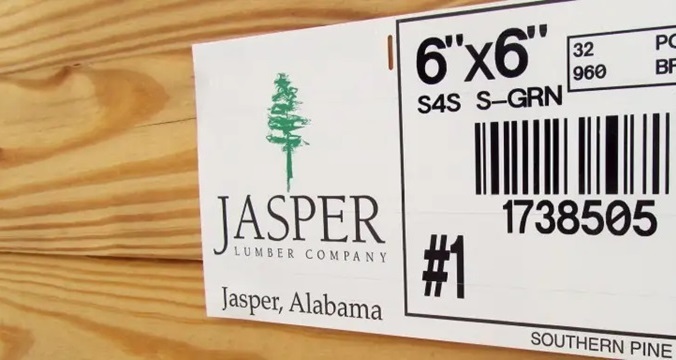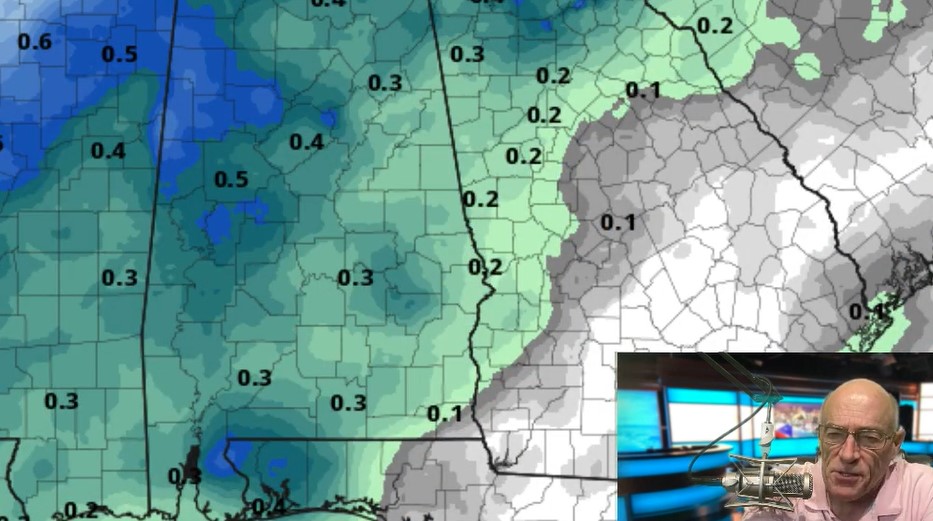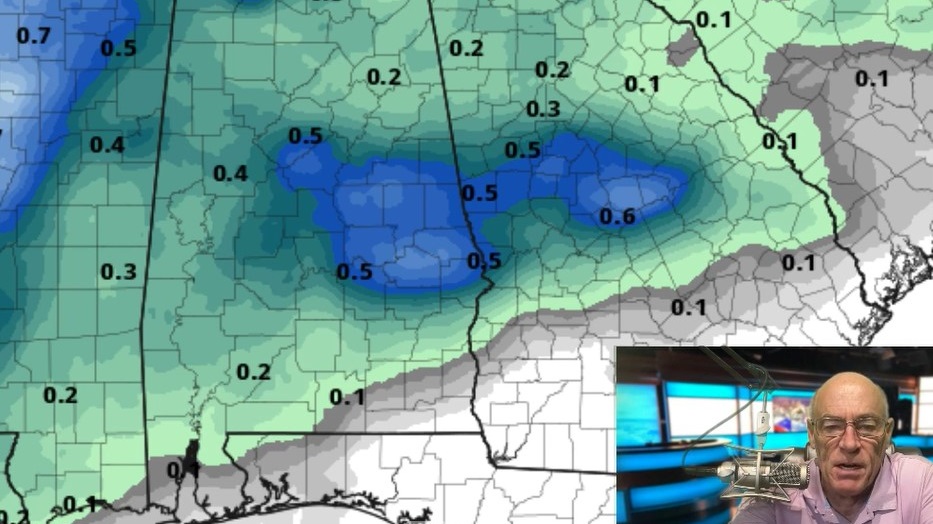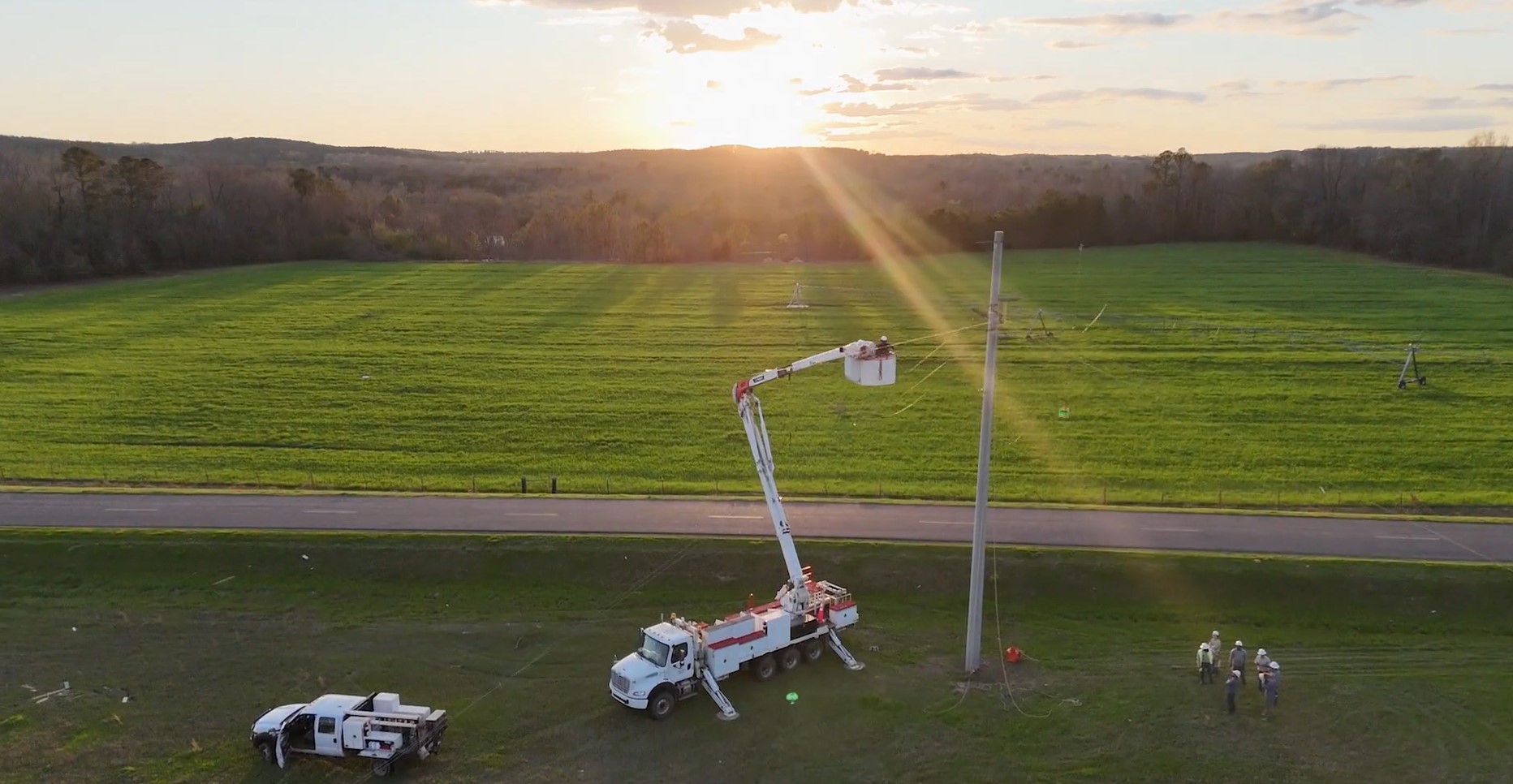Alabama insurance agency, FHLBank Atlanta team to aid Gulf Coast homeowners
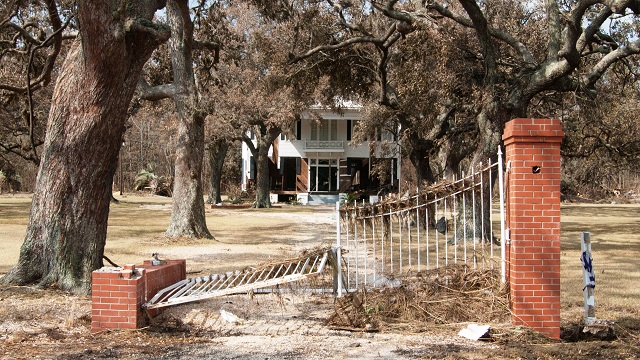
The FHLABank Atlanta is teaming with the Alabama Department of Insurance to assist homeowners on the Gulf Coast whose insurance rates have shot up in the wake of storms like Hurricane Katrina. (Wynter Byrd/Alabama NewsCenter)
Hurricanes and other storms have done their share of damage to homes along the Alabama Gulf Coast in years past.
Aside from the costs associated with rebuilding and rehabilitating destroyed and damaged homes, insurance premiums have also skyrocketed throughout Mobile and Baldwin counties.
The Alabama Department of Insurance has been working on multiple fronts to bring insurance rates down in the area.
Last week, the agency announced a 2016 partnership between the Strengthen Alabama Homes Program (SAHP) and the Federal Home Loan Bank of Atlanta that will provide grants used to assist homeowners in wind mitigation rehabilitation of existing homes in Baldwin and Mobile Counties.
 “We went to the insurance companies and said if we create the Strengthen Alabama Homes Program and mitigate homes to reduce the risk that you’re exposed to along the Gulf Coast, would you be interested in coming back and writing insurance on the coast, and the answer was yes,” said Brian Powell, director of the SAHP.
“We went to the insurance companies and said if we create the Strengthen Alabama Homes Program and mitigate homes to reduce the risk that you’re exposed to along the Gulf Coast, would you be interested in coming back and writing insurance on the coast, and the answer was yes,” said Brian Powell, director of the SAHP.
Powell said the Legislature approved receiving funds for the program from the insurance industry. Funding for SAHP does not come from the state’s general budget or local tax base. It is funded by the insurance industry.
“One of the funding vehicles the SAHP found was the use of Affordable Housing Program funds through Home Loan Bank (Federal Home Loan Bank of Atlanta), and the reason we want to use that is that’s actually used in addition to the funding that we have legislatively approved,” Powell said. “Federal Home Loan Bank actually increases our branding position. It gives us the opportunity to give more money out to residents in Alabama.”
FHLBank Atlanta Senior Vice President and Director of Community Investment Services Arthur Fleming said the partnership between the bank and SAHP is innovative and will benefit FHLBank Atlanta’s community bank members and the homeowners along the Gulf Coast.
“They were extraordinarily creative in their thinking about how they can not only provide wind mitigation and rehabilitation services to their citizens in South Alabama, but how they can also enhance the quality of life for those folks as well,” Fleming said.
FHLBank Atlanta put up $1 million toward the program, and the state put up $2 million. The combined $3 million is designed to benefit citizens of the Gulf Coast.
“We’ve brought all of these funding vehicles together, and now we’re launching the Strengthen Alabama Homes Program to mitigate homes along the Gulf Coast, which encourages the insurance companies to come in and write policies,” Powell said. “They’re excited about the program. They are actually helping with some of the funding vehicles we have, and we have total industry support.”
Fleming said the partnership will begin with the coastal region because it has been hit heaviest, not only by storms, but by rising insurance premiums.

Arthur Fleming, FHLBank Atlanta
“That area is prone to hurricanes and tornadoes,” Fleming said. “What the Strengthen Alabama Homes Program is doing is creating a funding structure where Alabama homeowners can rehab their homes and then approach the insurance companies to seek a reduction in their premiums because of the rehabilitation. It is important to focus in on the Mobile and Baldwin counties area initially because of the fact that it has been subject to tornadoes and hurricanes over the last few years. “
Grayson Glaze, executive director, Alabama Center for Real Estate and member of FHLBank Atlanta’s Affordable Housing Advisory Council said the partnership between the bank and SAHP is a natural fit.
“The Strengthen Alabama Homes Program has the potential to save Gulf Coast homeowners thousands of dollars in post-storm home repairs and on insurance premiums,” Glaze said. “FHLBank Atlanta’s partnership with SAHP means even more resources can be dedicated to helping homeowners mitigate their homes for storm damage, and it means sustainability for the program for years to come.”
Alabama Department of Insurance Commissioner Jim Ridling said the partnership is about preserving the region’s economy after a major storm, where in years past, people had to move from their homes and sometimes spent periods of time unemployed due to the effects of a storm.
“Storms are going to come regardless of what we do,” Ridling said. “I think the only real answer to saving economies along the Gulf Coast is mitigating homes to withstand wind. ..The real solution is to mitigate homes so that people don’t have to move out and all of those things that affect the economy. … If you drive from here to New Orleans, you can see what happens when people can’t afford to rebuild their homes and have to move out. Working with the FHLB has been almost a gift because it fits so well.”
Strength Alabama Homes Program snapshot
Alabama leads the nation in FORTIFIED construction.
The FORTIFIED construction standard, which is administered by the Insurance Institute for Business & Home Safety, is the national standard for resilient construction and its three-tiered system will be used to help coastal homeowners receive discounts on insurance premiums in the years to come.
“The FORTIFIED standard basically reduces risk of loss to insurance companies,” Powell said, adding that with reduced risk comes more competition from other insurance companies and lower premiums for the region.
The Bronze level is awarded when the roofs of homes are mitigated for wind damage. The Silver level involves mitigation for the roof and doors and windows, and the Gold standard encompasses the entire house.
“We can mitigate existing homes to the Bronze and Silver levels,” Powell said. “To go to the Gold level would be very difficult because we’d basically have to tear the house apart, put in the systems that are required for Gold and then put the house back together. It is cost-effective with new construction.”
Powell said getting a home mitigated to the Bronze level could lead to a 20 to 35 percent reduction in the wind portion of the homeowner’s insurance premium.
Silver certification could lead to 35 to 45 percent reductions, and Gold can lead to 40 to 50 percent reductions.
For homes to qualify for SAHP, they must be owner-occupied, a single-family residence, the owner’s primary residence and located in Mobile or Baldwin counties.
The program excludes mobile homes and condominiums.
The homeowner must be eligible for homeowner’s Insurance with wind coverage and must have flood insurance if located in a designated special flood hazard area.
Also, the home must be in good repair unless damaged by disaster and mitigatable to FORTIFIED Bronze at a minimum.
Other partnerships
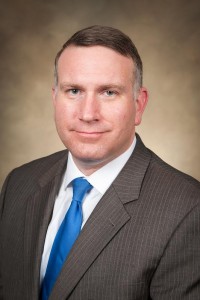
Lars Powell, Alabama Center for Insurance Information Research
The collaboration between SAHP and FHLBank Atlanta has sparked at least one other partnership in the effort to reduce insurance premiums along the Gulf Coast.
The Center for Advanced Public Safety at the University of Alabama has worked with ALDOI and SAHP to design a website and grant management database that will launch this summer.
The Alabama Center for Insurance Information Research at the University of Alabama will be using this website to do research on applicants who utilize the website in the future.
“The Strengthen Alabama Homes Project is a great example of local and federal agencies working together to solve common problems,” said Lars Powell, director, ACIIR. “Alabama currently leads the nation in FORTIFIED home designations. Each home that is mitigated against wind losses reduces insurance premiums and losses for the home owner, and reduces federal lenders’ exposure to damaged collateral.”
UA’s Powell said his office will be compiling a database based on the online application process.
“We’re doing research on the actual process of distributing these grants,” Powell said.
Powell said large gaps between major storms sometimes creates apathy among homeowners when it comes to mitigation and preparation for disasters. The center will be promoting the program through advertisements on social media and television, and will compile data from those who responded to each outlet in order to better effectively communicate the risk in the future.
Other initiatives
Last week, Gov. Robert Bentley was on hand in Mobile to announce another initiative that could lead to about 25,000 coastal property owners seeing a drop in wind insurance rates.
According to a report by AL.com, homeowners in the area “will be able to better access affordable “Replacement Cost Value” polices as opposed to “Actual Cash Value” policies.
The report said the Alabama Insurance Underwriting Association “will convert a majority of the Actual Cost Value policies to Replacement Cost Value policies, which could lead to a reduction of 2.5 percent from the typical 20 percent fee.
According to the report, multiple grassroots initiatives have been in effect for years, particularly the Homeowners’ Hurricane Insurance Initiative.
